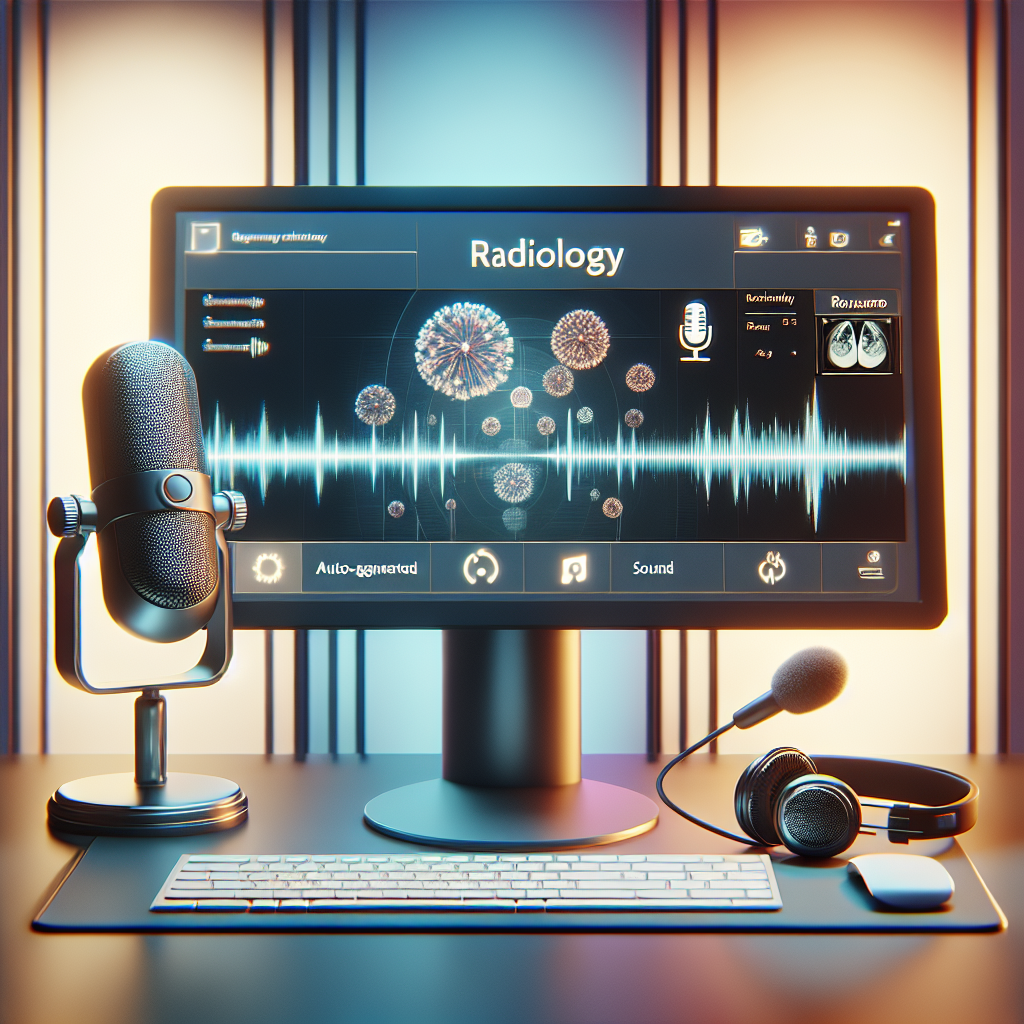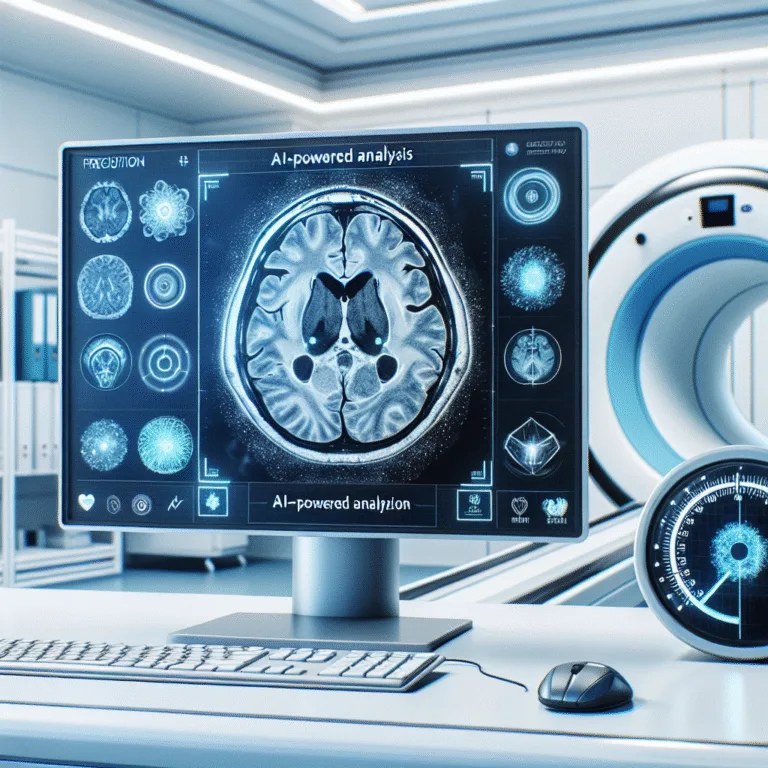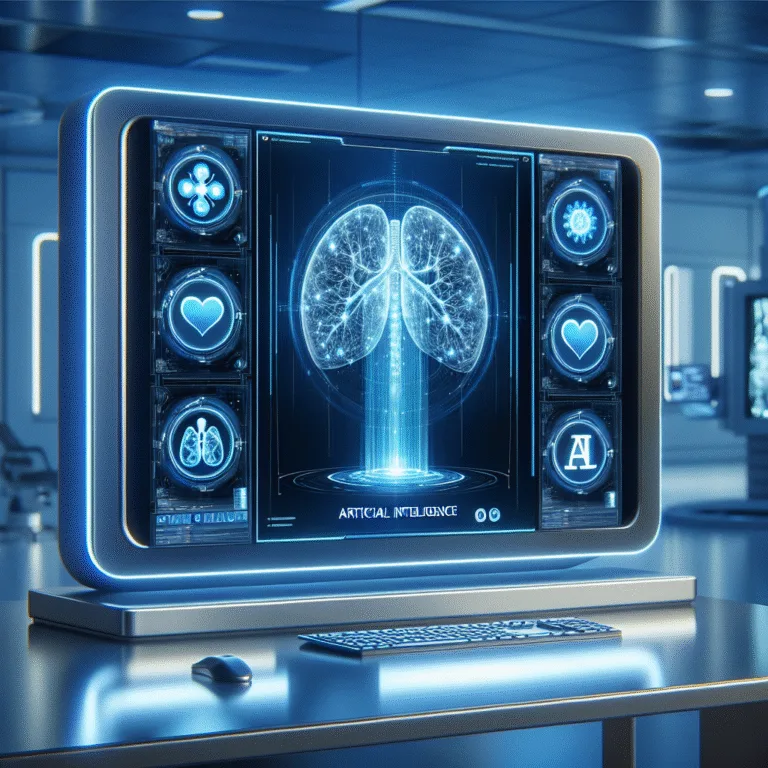Voice recognition in radiology: what benefits for radiologists?
Voice recognition has become an essential tool in radiology. Fast, reliable, and integrated into reporting software, it enables radiologists to dictate their findings in real time. This article highlights the benefits, limitations, and future perspectives of voice recognition in radiology practice.
Radiology voice recognition now underpins many reporting workflows and is increasingly integrated into PACS and RIS ecosystems.
Why Radiology Voice Recognition Matters Now
Adoption of speech-to-text tools in imaging departments has accelerated as reporting volumes rise and expectations for rapid turnaround increase. Modern systems connect directly with reporting templates, structured data fields, and post-processing macros, making speech capture both the primary documentation tool and a workflow driver.
Workflow, Accuracy, and Integration
Radiology voice recognition combines automatic speech recognition (ASR) engines with reporting software to produce near-immediate text output. Integration points typically include PACS, RIS, EHR, and custom report templates.
Workflow Gains
- Faster report creation versus manual typing, especially for high-volume modalities such as CT and MRI.
- Immediate availability of preliminary reports for clinicians, supporting faster decision-making and care coordination.
- Reduced transcription costs when ASR output is used directly or with light editing.
Accuracy and Quality Control
ASR accuracy depends on acoustic models, speaker accent, microphone quality, ambient noise, and domain-specific language models. Many institutions use a hybrid model where ASR output is reviewed and edited by radiologists or trained editors to catch recognition errors and template mismatches.
Operational Benefits and Real-World Impact
- Faster turnaround: Shorter times from study completion to preliminary report improve downstream workflows.
- Template-driven consistency: Structured templates standardize phrasing for common findings.
- Cost considerations: Savings from reduced transcription balanced against licensing and integration costs.
Common Limitations and Error Modes
- Recognition errors: Misrecognized words can alter clinical meaning.
- Template/macro failures: Incorrect expansions can insert wrong phrases.
- Ambient noise: Poor microphones or noisy rooms degrade accuracy.
Implementation Checklist
- Pilot phase: Start with a single modality or group of users.
- Quality metrics: Track error types, edit time, and turnaround time.
- Training: Provide user guides and voice training sessions.
- Integration testing: Validate data flow between ASR, PACS, RIS, and EHR.
- Governance: Define review processes for recurring errors.
Human Factors and Acceptance
User acceptance influences the success of any ASR rollout. Hybrid workflows where ASR output is edited quickly by the radiologist often yield the best balance of speed and accuracy.
Future Directions: AI, NLP, and Structured Reporting
- Automated detection of critical phrases prompting alert workflows.
- Real-time structured data capture from dictation using NLP.
- Post-processing QA that flags inconsistencies between impressions and findings.
Practical Tips for Radiologists
- Use high-quality microphones and consistent environments.
- Customize templates conservatively and test extensively.
- Retain an editing workflow—ASR is an accelerant, not a substitute for judgment.
- Monitor post-deployment metrics and clinician feedback.
How Rad Report AI Fits into the Workflow
Rad Report AI integrates with voice-driven reporting platforms to streamline template insertion, macro control, and phrase consistency. It reduces repetitive editing and standardizes report language across practices.
Closing Summary
Radiology voice recognition offers measurable workflow benefits—faster documentation, potential cost savings, and improved availability of preliminary reports—balanced by the need for quality assurance and human oversight. Departments should approach deployment as a phased program with metrics, training, and governance to ensure clinical safety and sustained performance.
Try Rad Report AI For Free — and experience faster, smarter reporting today.
Learn More







